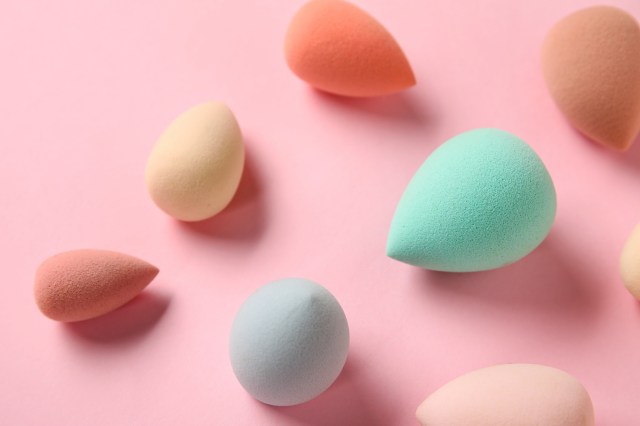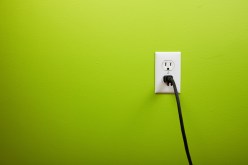How to Pick the Perfect Makeup Sponge: A Comprehensive Buyer’s Guide

When it comes to achieving flawless makeup application, the tools you use are just as important as the products themselves. One tool that has gained significant popularity in recent years is the makeup sponge. With its ability to seamlessly blend foundation, concealer, and other complexion products, choosing the right makeup sponge can make a world of difference in your beauty routine. In this comprehensive buyer’s guide, we will explore the factors to consider when selecting a makeup sponge and provide tips on how to find the perfect one for your needs.
Material Matters
The first thing you should consider when choosing a makeup sponge is the material it is made of. There are two primary options to choose from: latex-based sponges and non-latex sponges.
Latex-based sponges are known for their durability and ability to expand when wet, making them ideal for blending liquid or cream products. However, they may not be suitable for individuals with latex allergies or sensitivities.
Non-latex sponges, on the other hand, are often made from materials like polyurethane or silicone. These sponges are hypoallergenic and gentle on the skin, making them a great option for those with sensitive skin. They also tend to have a more lightweight feel compared to latex-based sponges.
Shape and Size
Another crucial factor to consider when selecting a makeup sponge is its shape and size. Makeup sponges come in various shapes, including teardrop, egg-shaped, flat-edge, and sculpted designs.
Teardrop-shaped sponges are popular due to their versatility. The rounded end can be used for larger areas of the face like cheeks and forehead, while the pointed tip allows for precise application around the eyes and nose.
Egg-shaped sponges have a similar versatility but often come with a flat side that can be used for contouring or setting powder.
Flat-edge sponges are excellent for applying foundation, as the straight edge allows for seamless blending along the jawline and hairline.
Sculpted sponges feature unique shapes with curves and angles designed to fit different areas of the face. These sponges are particularly useful for achieving more intricate makeup looks.
In terms of size, smaller sponges are ideal for targeted application or hard-to-reach areas, while larger sponges cover more surface area and can speed up your makeup routine.
Texture and Density
The texture and density of a makeup sponge play a significant role in its performance. Sponges with a denser texture tend to provide fuller coverage, making them suitable for those who prefer a more airbrushed look. On the other hand, sponges with a softer texture offer a lighter coverage that allows for more buildable application.
When it comes to sponge density, firmer sponges are better suited for liquid or cream products, as they prevent excessive product absorption. Softer sponges, on the other hand, may absorb more product but can be beneficial when applying powders or creating a soft-focus effect.
Maintenance and Longevity
Finally, consider the maintenance required and longevity of the makeup sponge you choose. Latex-based sponges typically last longer but may require more frequent cleaning to prevent bacterial growth. Non-latex sponges are generally easier to clean but may need replacement after several months of use.
To maintain your makeup sponge’s cleanliness and extend its lifespan, make sure to wash it regularly with mild soap or a dedicated brush cleanser. Allow it to air dry thoroughly before storing it in a clean and dry place.
In conclusion, choosing the right makeup sponge is essential for achieving flawless results in your beauty routine. Consider factors like material, shape and size, texture and density, as well as maintenance and longevity when making your selection. By investing in a high-quality makeup sponge that suits your needs and preferences, you can elevate your makeup application to the next level.
This text was generated using a large language model, and select text has been reviewed and moderated for purposes such as readability.





